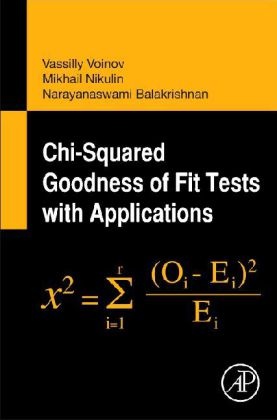Read more
"If the number of sample observations n ! 1, the statistic in (1.1) will follow the chi-squared probability distribution with r-1 degrees of freedom. We know that this remarkable result is true only for a simple null hypothesis when a hypothetical distribution is specified uniquely (i.e., the parameter is considered to be known). Until 1934, Pearson believed that the limiting distribution of the statistic in (1.1) will be the same if the unknown parameters of the null hypothesis are replaced by their estimates based on a sample; see, for example, Baird (1983), Plackett (1983, p. 63), Lindley (1996), Rao (2002), and Stigler (2008, p. 266). In this regard, it is important to reproduce the words of Plackett (1983, p. 69) concerning E. S. Pearson's opinion: "I knew long ago that KP (meaning Karl Pearson) used the 'correct' degrees of freedom for (a) difference between two samples and (b) multiple contingency tables. But he could not see that
List of contents
Chi-Squared Tests and Modifications: Theory and Applications, Introduction: Historical Notes; Some probability models used in the book, Wald's method and NRR test, Wald's method and HRM test; Modifications based on UMVUEs; Vector-valued tests; Some Applications of Modified Chi-squared Tests; Appendices
Report
"The book covers modifications and advances of chi-squared test in cases of various situations. On the whole, the book has a highly mathematical treatment and will be very useful to the researchers working on problems related to chi-squared tests of statistical hypothesis testing." --Zentralblatt MATH, 1276.62027
"The primary purpose of this book is to provide a detailed exploration of the theory, methods, and applications of the chi-squared goodness of fit test first advanced by Karl Pearson over 100 years ago." --Reference and Research BookNews.com, April 2013

